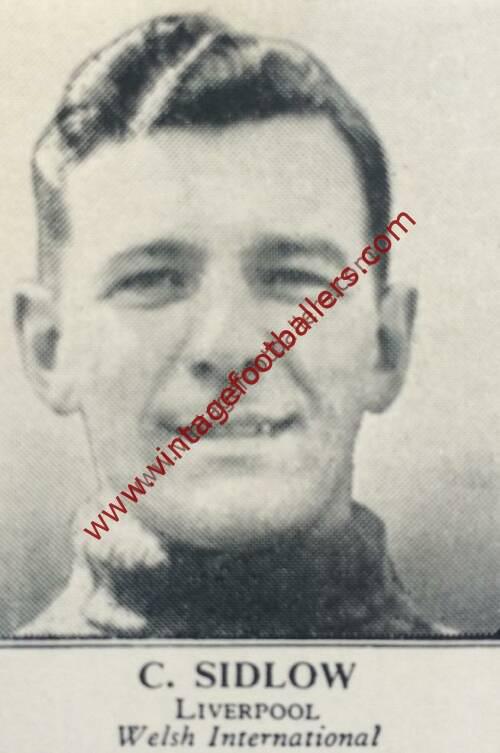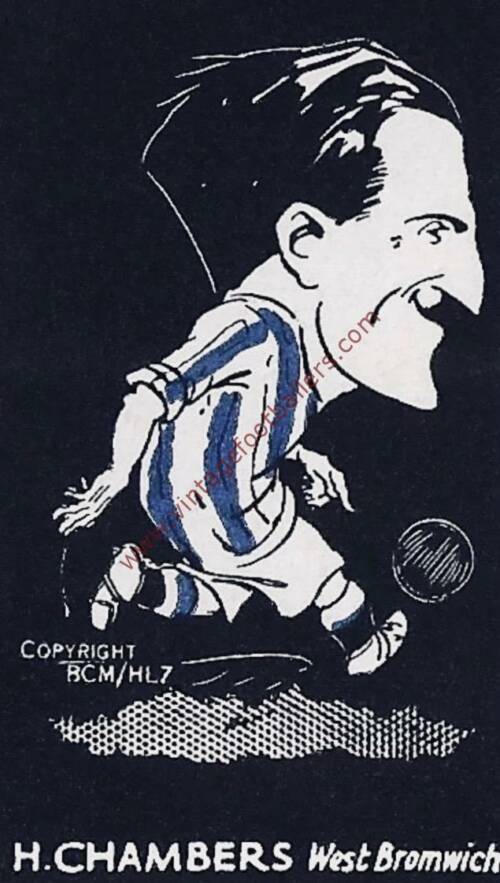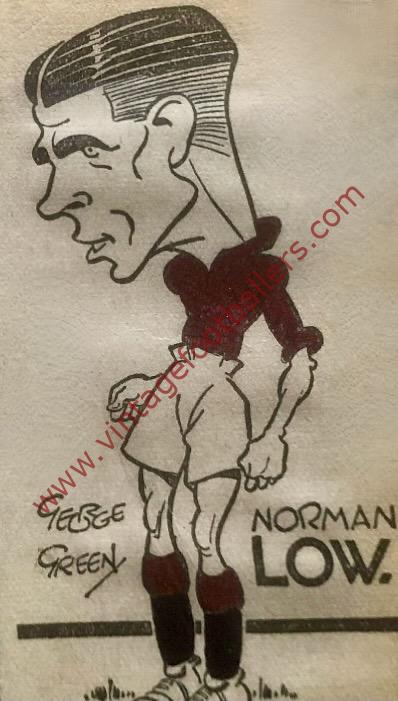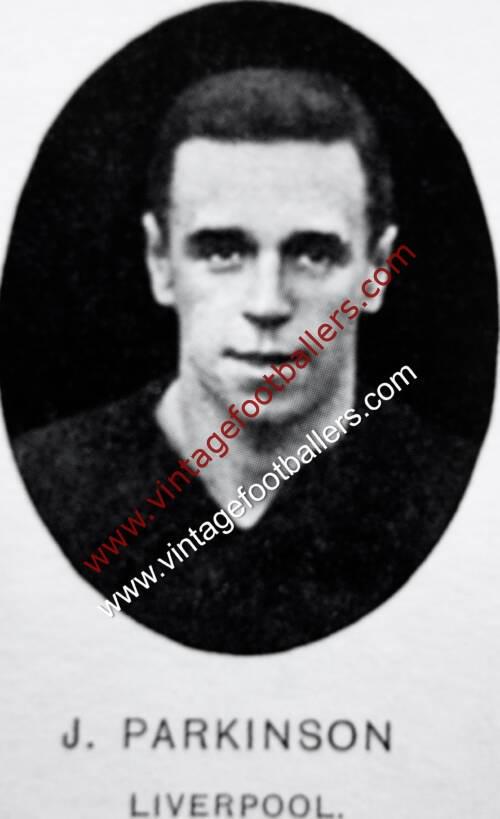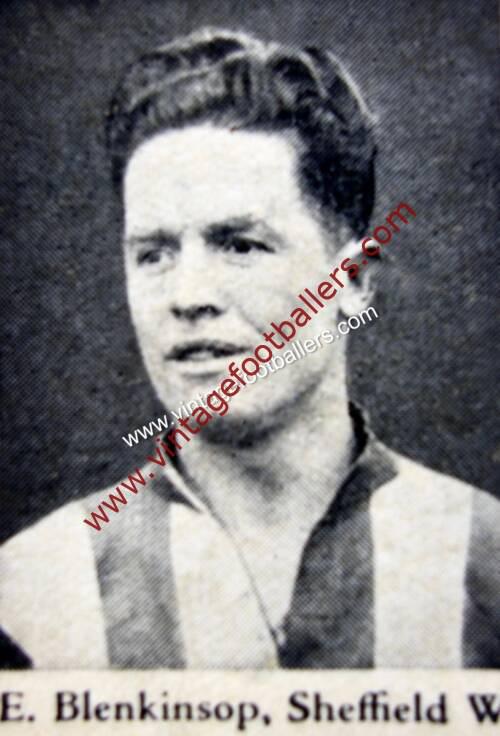Please choose your photo size from the drop down menu below.
If you wish your photo to be framed please select Yes.
Note: 16″x 20″not available in a frame.
Images can also be added to accessories. To order please follow these links
£8.95 – £49.95
Please choose your photo size from the drop down menu below.
If you wish your photo to be framed please select Yes.
Note: 16″x 20″not available in a frame.
Images can also be added to accessories. To order please follow these links
Colwyn Bay, Caernarfonshire born goalkeeper Cyril Sidlow began his football career with Colwyn Bay United in 1931 and played for Abergele in 1933 before returning to Colwyn Bay United in 1934, joining Flint Town in 1935 and Llandudno Town in 1936 before arriving in League football with First Division Wolverhampton Wanderers in May 1937, where he was understudy to Alex Scott. He made his Football League debut against Birmingham in April 1938 appearing twice more before the end of the season, but made only one further appearance for Wolves in 1938-39 before the onset of the Second World War.
After appearing for Wolves during the War he was deemed surplus to requirements as the League resumed due to the emergence of future England ‘keeper, Bert Williams. By now already aged 30, Sidlow was signed by George Kay’s Liverpool for £4,000 in February 1946 and went straight into team at the start of the new League season. Before the final League game of the season he was in a curious situation. Manchester United, Stoke and Wolves had the chance to win the title along with Liverpool and fate would have it Sidlow faced his old team at Molineux. Sidlow was still living in Wolverhampton and was neighbours with Wolves’ goalkeeper, Williams. Bob Paisley recollected Sidlow’s “plight” in his book ‘My 50 Golden Reds’: “He trained with Wolves throughout the week, linking up with us on match-days only. So you can imagine what it must have been like for him having to walk down the streets towards Molineux that Saturday afternoon. They were his mates he was playing against and he knew that, unlike us, he would have to suffer whatever the result. If we won – and deprived Wolves of the title – then he knew he wouldn’t be able to walk out of the front door of his little house in Wolverhampton without folk pointing at him as the man who had stopped their team becoming champions of the Football League.”
Billy Liddell, Liverpool’s talisman, was impressed by Sidlow’s performance in Liverpool’s 2-1 win that eventually sealed the League Championship for the Reds: “Cyril made save after save when it seemed certain that he must be beaten.” Sidlow couldn’t resist to pay a visit to Bert Williams next door: “After I had received my League Champions’ medal, I took it round to Bert to show him. I don’t know whether he appreciated that very much!”
Sidled first played for Wales in a 3-1 win over Scotland at Wrexham in October 1946 and won 7 Welsh international caps through to his final appearance against England in October 1949, England winning 4-1 at Ninian Park with “Wor Jackie” Milburn scoring a hat-trick.
Despite competition for the gloves at Anfield, Sidlow kept his Liverpool place for most of the first four post War seasons and helped the club reach its first Wembley Cup Final in 1950, but it ended in disappointment with a 2-0 defeat to Arsenal. Sidlow conceded four goals in his final Liverpool appearance in a home game against Newcastle United on 4th November 1950. The much-younger Russell Crossley who replaced Sidlow had ironically been recommended to the club by the Welshman himself. “Russell did me a good turn when I was in the Army. When we had matches to play for the Army team he would play so that I could get off and play for Wolves in the wartime leagues,” Sidlow explained. “He wasn’t as old as I was and when he came out of the Army I told George Kay that he should sign him up and he became my understudy for a season or so before taking over.” After 165 appearances for Liverpool Sidlow moved to neighbours New Brighton in the Lancashire Combination before moving back to Wolves in 1953 as an emergency cover for Williams. He did never turn out for the first team but did a good job of coaching youngsters at the club, before returning to the non leagues with Sittingbourne in 1954, with whom he ended his playing career.
| Weight | N/A |
|---|
